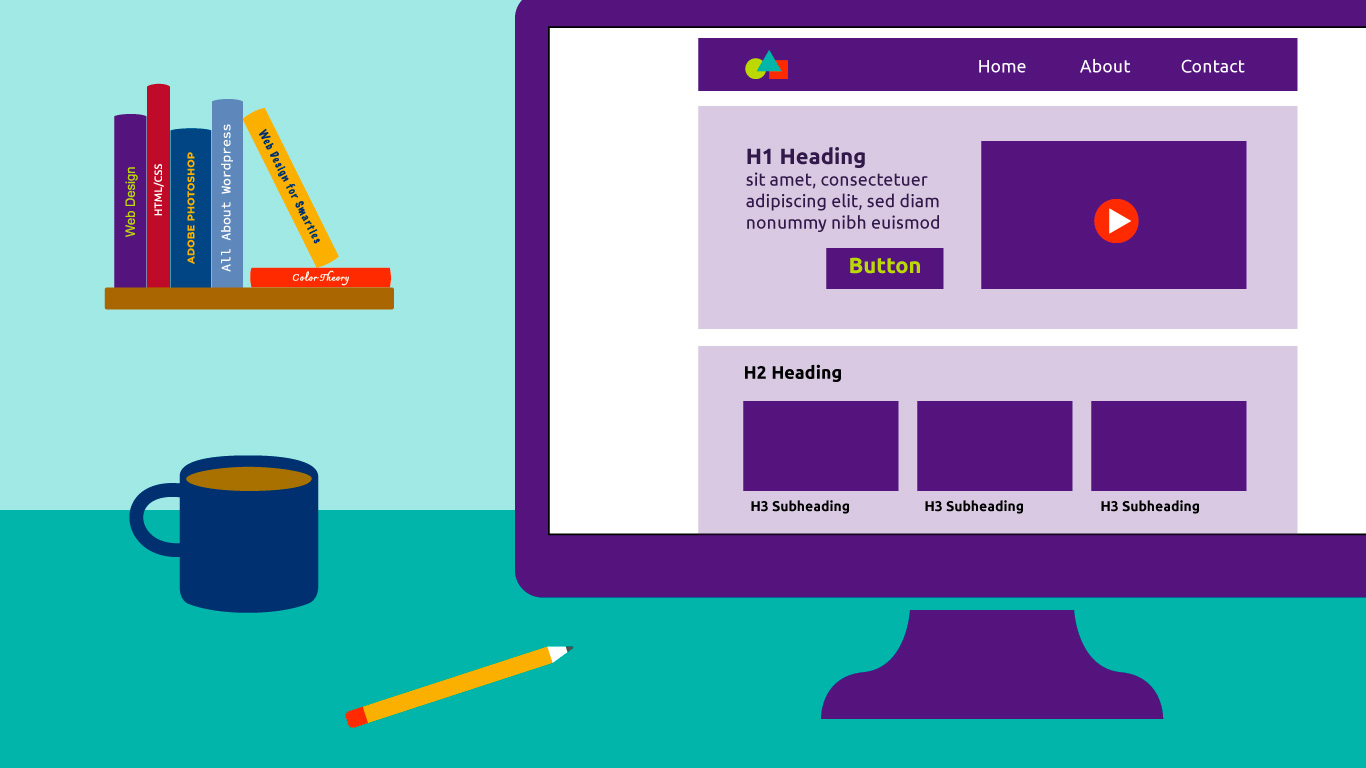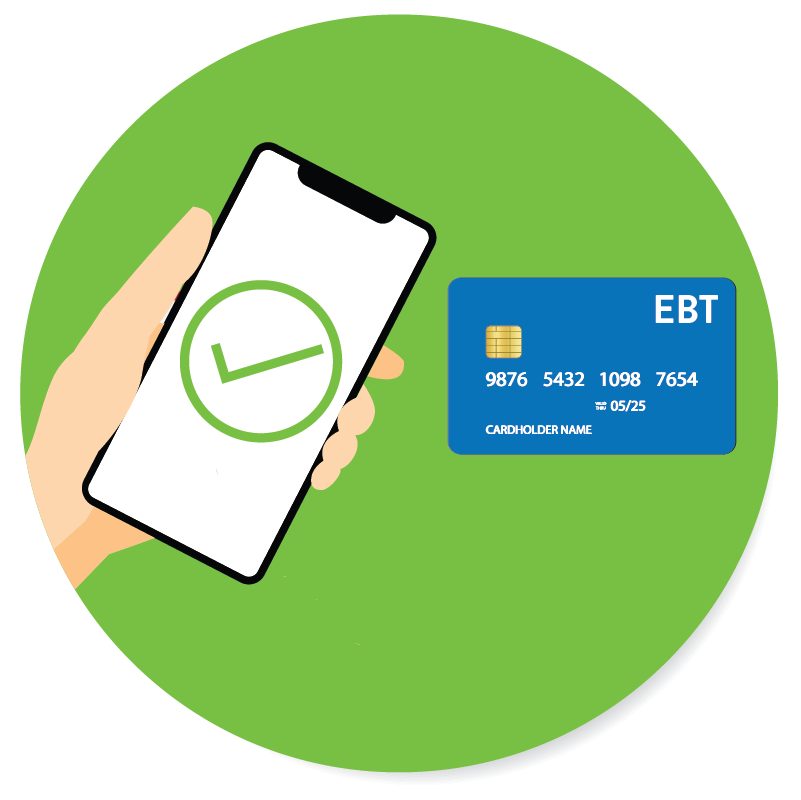Web design is a multidisciplinary field that combines aesthetics, functionality, and usability to create visually appealing and intuitive websites. In the digital age, where online presence is crucial, effective web design plays a pivotal role in capturing and retaining the attention of users. In this article, we explore the world of web design, uncovering its key principles, trends, and techniques that contribute to crafting engaging and user-centric digital experiences.
1. User-Centric Design Approach:
User-centric design lies at the core of effective web design. We delve into the importance of understanding the target audience, their needs, and their browsing behavior. By conducting user research, creating user personas, and considering user flows, web designers can develop websites that align with user expectations and provide a seamless and enjoyable experience.
2. Visual Appeal and Branding:
Visual appeal plays a significant role in web design, capturing users’ attention and conveying a brand’s identity. We explore the use of color schemes, typography, imagery, and layouts to create visually appealing websites that reflect the brand’s personality and values. Consistency in visual elements fosters brand recognition and builds trust with users.
3. Responsive and Mobile-Friendly Design:
With the increasing prevalence of mobile devices, responsive and mobile-friendly design has become essential. We discuss the importance of designing websites that adapt seamlessly to different screen sizes and resolutions. Responsive design ensures optimal user experiences across devices, providing easy navigation, legible content, and intuitive interactions.
4. Intuitive Navigation and User Experience:
Intuitive navigation is crucial in guiding users through a website and helping them find the information they seek. We explore the principles of user experience (UX) design, including clear and organized navigation menus, logical information architecture, and user-friendly interfaces. By reducing cognitive load and providing intuitive interactions, web designers create positive user experiences that keep visitors engaged and encourage them to explore further.
5. Content Organization and Readability:
Effective web design involves organizing content in a structured and easily digestible manner. We discuss the use of headings, subheadings, bullet points, and white space to enhance readability. Well-structured layouts, legible typography, and concise content ensure that users can quickly scan and comprehend the information presented, increasing their engagement and satisfaction.
6. Performance Optimization and Accessibility:
Web design goes beyond aesthetics; it encompasses performance optimization and accessibility considerations. We explore techniques to optimize website loading speed, such as image compression, caching, and minification of code. Additionally, we emphasize the importance of designing accessible websites that cater to individuals with disabilities, adhering to web accessibility guidelines and standards.
7. Staying Updated with Design Trends:
Web design is an ever-evolving field, influenced by design trends and technological advancements. We discuss current design trends, such as minimalist interfaces, microinteractions, dark mode, and immersive storytelling. Staying updated with design trends allows web designers to create modern and engaging websites that resonate with users and stand out from the competition.
Web design is a dynamic discipline that blends aesthetics, functionality, and usability to create engaging and user-centric digital experiences. By embracing a user-centric approach, focusing on visual appeal, ensuring responsive and mobile-friendly design, optimizing user experience, organizing content effectively, and considering performance and accessibility, web designers can create websites that leave a lasting impact on users. In an increasingly digital world, effective web design is crucial for businesses, organizations, and individuals to establish a strong online presence, build brand credibility, and deliver exceptional user experiences.







Leave a Reply